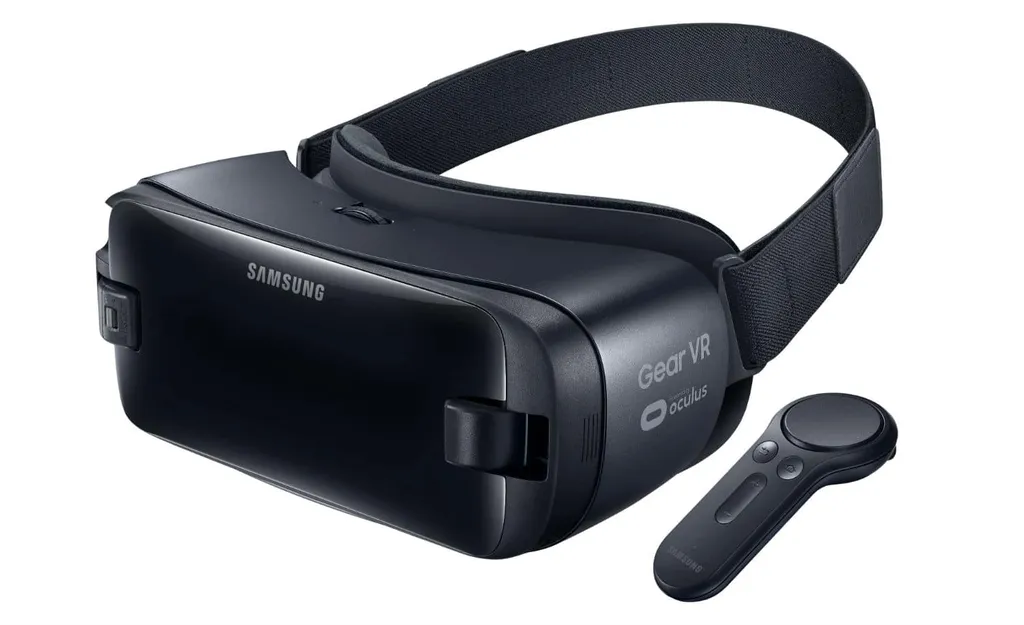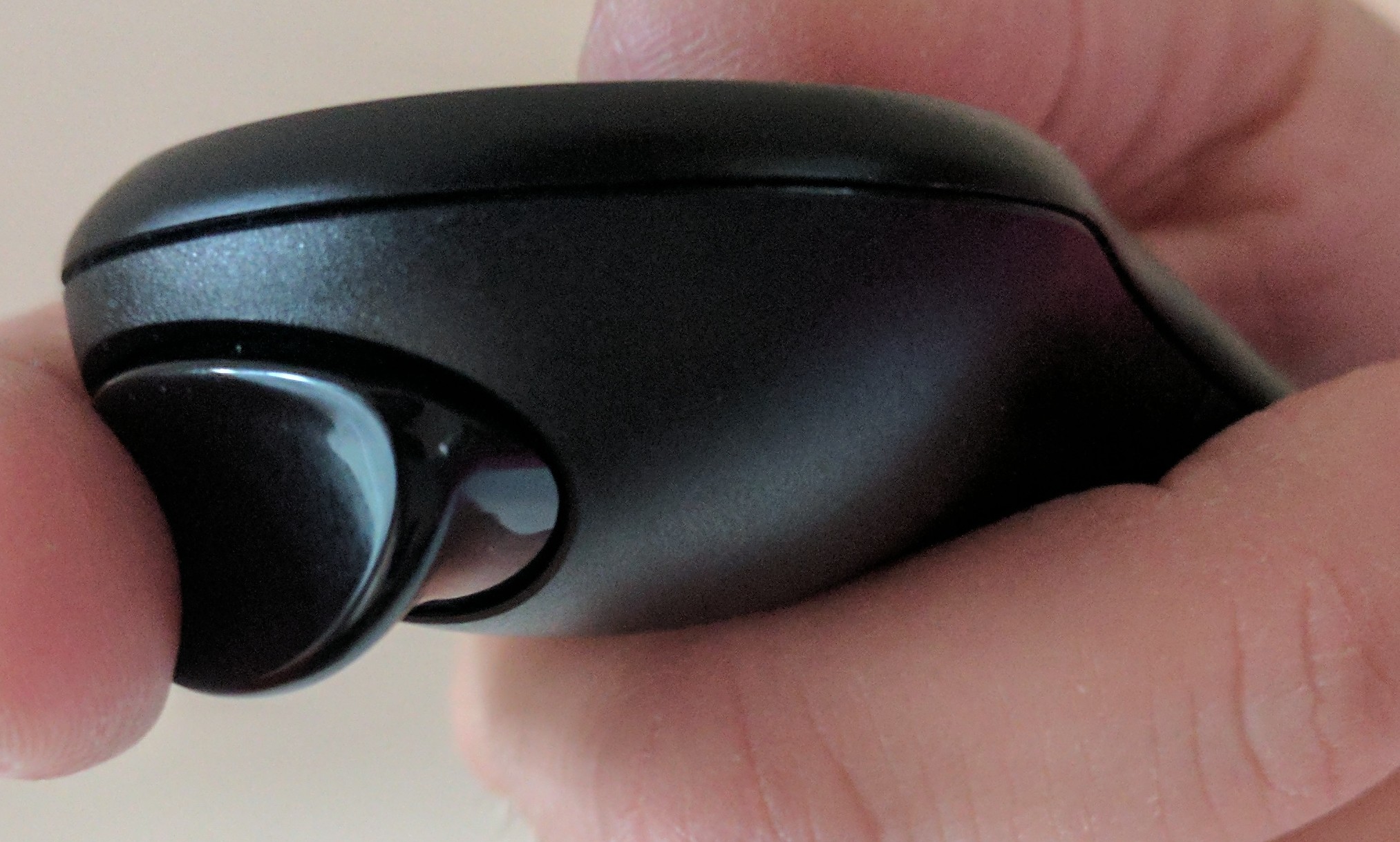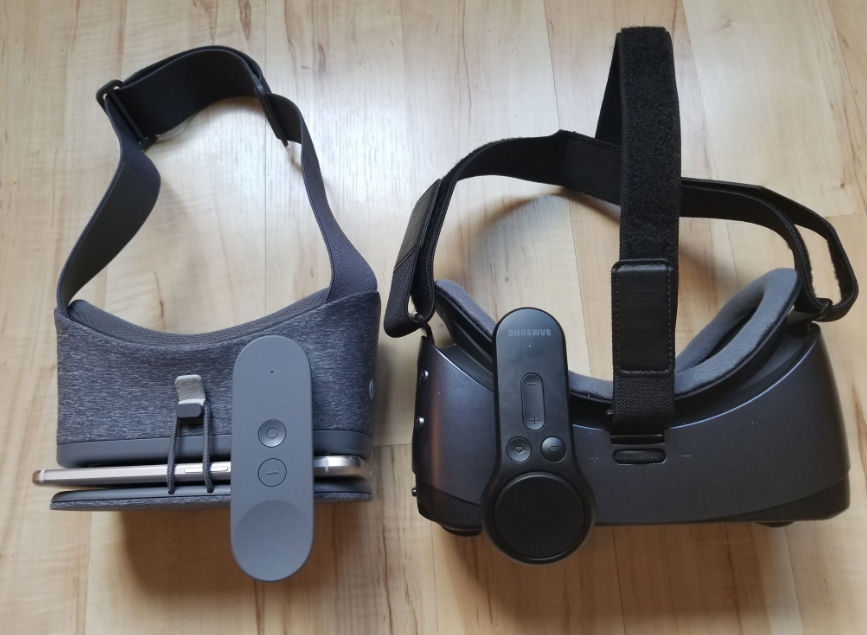Samsung’s VR efforts started in late 2014 when the Note 4 launched with the Gear VR headset as a glorified developer kit called the Innovator Edition. Since then, Samsung and Oculus have steadily improved the functionality in each new release, with new phones launching roughly twice a year. During most of that time, Facebook’s Oculus and Samsung’s headset reigned supreme atop the VR market. As of January the companies shipped more than 5 million of these high quality mobile headsets as they were given for free with the purchase of many new Samsung phones.
Late last year though a new contender entered the fray — Google’s Daydream — which upended the market with a simple hand controller offering a new way to interact with VR on a mobile device. This new hand controller combined with one of the best phone cameras the world has ever seen arrived about the same time the Note 7 started literally exploding. With Samsung’s hiccup and Google’s innovation, the race was officially on for mobile VR supremacy.
The release of the Galaxy S8 this week alongside a new Gear VR hand controller — and no word about whether the handset will work with Google’s Daydream — means phone buyers looking to get into VR have some tough choices to make. Read on to see how these platforms stack up.
The Trigger Is Just The Beginning
When it launches the new Gear VR will have 20 titles available with new motion controller support. I got the chance to test less than half of these with mixed results.
While Daydream forces developers to use the motion controller as its main input, Oculus is adding its motion controller to existing methods of input. On Gear VR there’s head gaze, the headset’s touchpad and full-size bluetooth gamepads you can use to interact with a virtual world — all offered alongside the new motion controller. That makes a total of four ways you can now interact with Gear VR, and I experienced some difficulty trying to figure out which one was being recognized by the system at any given moment.
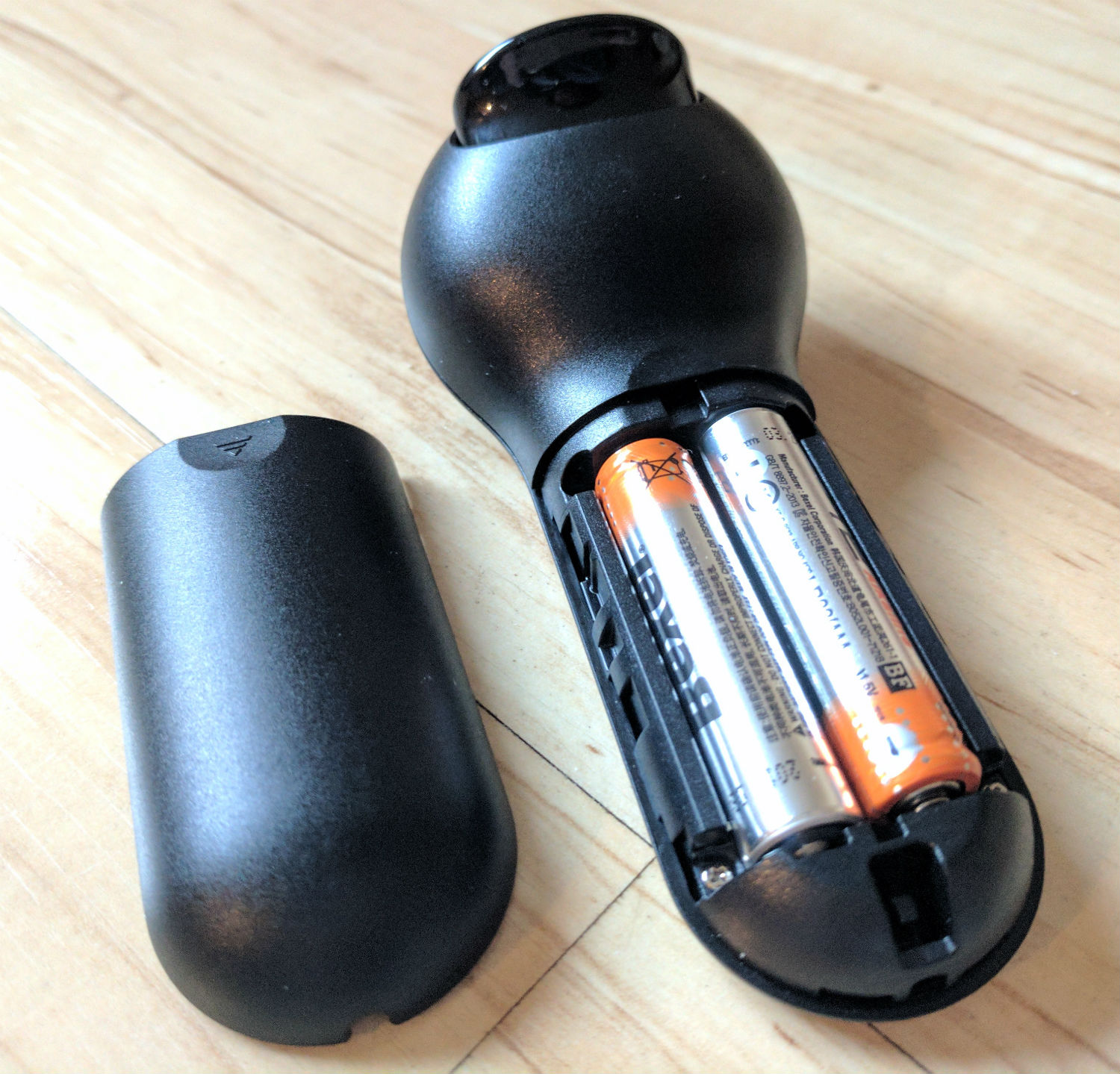
The new Gear VR controller maps all the headset’s buttons onto it including the touchpad, volume, home and back buttons. The controller’s touchpad can be pressed down too, which functions like a tap of the touchpad on the side of the headset. So the idea is that in apps that support the new controller you can save some energy not tapping the headset all the time while conveniently pointing the controller at buttons or objects in a virtual world and pulling the trigger with your index finger to interact with it.
Social app vTime supports the controller but I ended up relying on gaze for selection in its menu because the controller didn’t respond the way I expected it. In Oculus Home pulling the trigger or clicking the controller’s touchpad works to navigate menus and make app selections, but in vTime the trigger doesn’t work yet. The controller’s touchpad does, but I found the trigger more intuitive and got in the habit of using it rather than the touchpad click. So I was left with some frustrating button presses that didn’t do anything.
The controller also lets you select left or right hands, which gives it a satisfyingly realistic position at your side. Unfortunately, competitive card game Dragon Front didn’t seem to respect this choice, representing the controller closer to my right hand.
Those gripes are likely to largely disappear over time as developers update their apps and learn to use the new motion controller, standardizing on ways of interacting with it. It is also concerning, however, because the various input methods could result in confusion with some users not sure about how to interact with different apps.
On the other hand, I’m going to bug UploadVR Games Editor David Jagneaux to revisit our “very good” rating for shooter Drop Dead because it was immensely satisfying to use the controller as a gun in that game as I was able to aim with pinpoint accuracy at zombies in the distance. The game now serves as an excellent example of what could become a busy genre on Gear VR because of this excellent motion controller. This game alone was enough to make the lack of a trigger on Google’s controller feel like a huge oversight on Google’s Daydream.
Anecdotally, the Gear VR’s motion controller also seemed like its orientation reset less frequently than the Daydream controller.
Facebook’s Oculus vs. Google’s Daydream
I’ve used every Gear VR and compatible Samsung phone to date, but my go-to device for the last two years has been the S6. When I tried to use them back-to-back over the weekend the S8 so outclassed the S6 for VR that I’m unlikely to hand the older phone down to friends or family as I move to a new device.
My wife and I couldn’t finish a multiplayer match in Dragon Front or Drop Dead, each of us over a cellular connection, because the S6 kept overheating. Social VR remains the true promise of Gear VR and there’s not much reason to give an S6 to someone else if the device won’t let us connect in VR without it glitching up. I don’t want to pass along that buggy experience.
@hmltn It will never be “fixed”, but it gets better with each generation. We just measured power measurements last week and saw a solid improvement
— John Carmack (@ID_AA_Carmack) April 17, 2017
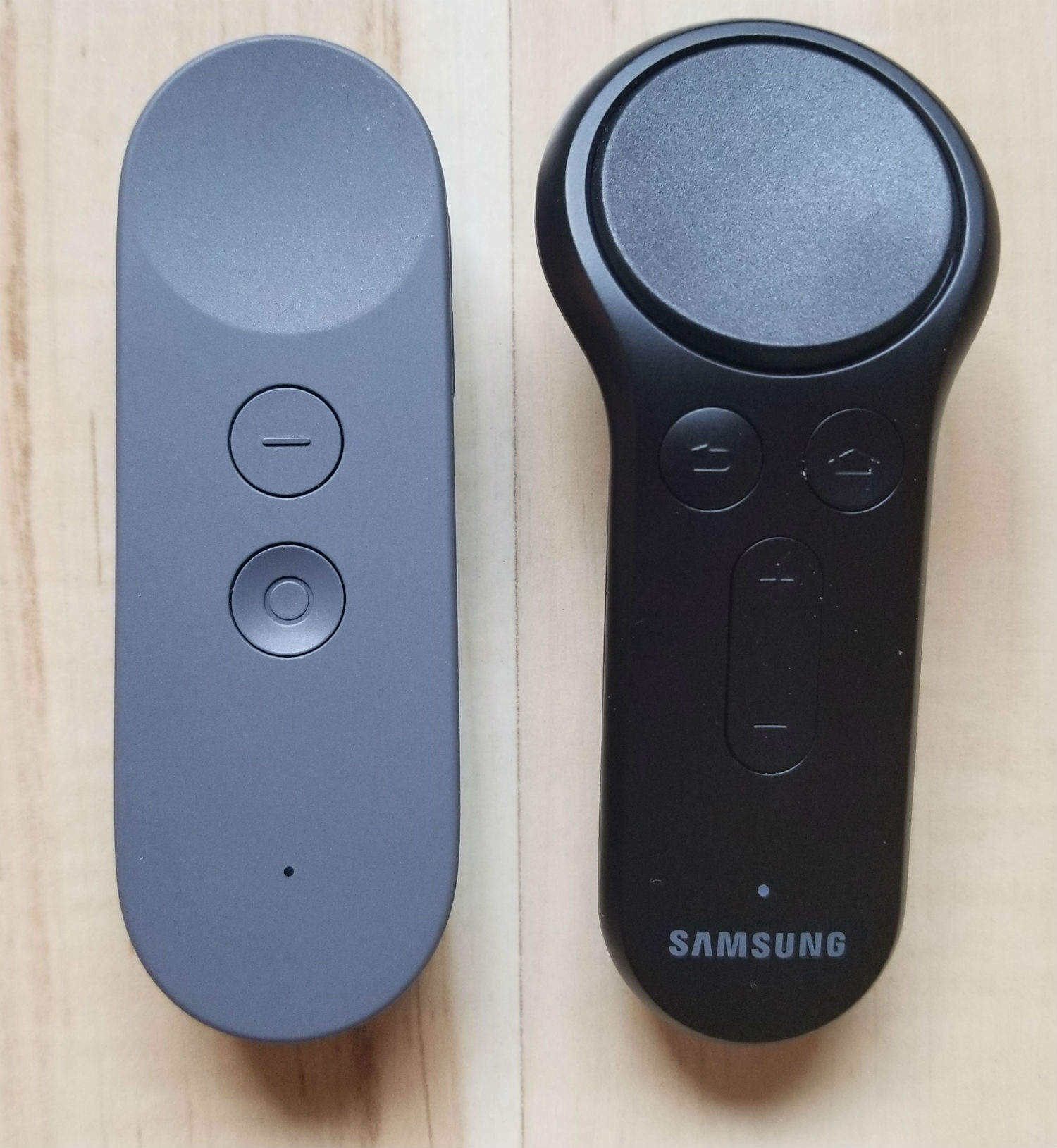
Outfitting an entire family with S8s, however, would be a nice solution to that problem (you have until April 20 to benefit from the free Gear VR and controller promotion). The S8 eventually got warm as I used it but I encountered no overheating. Boot up just took seconds, and switching apps is fairly snappy. At one point I streamed 20 minutes of Drop Dead gameplay live to Facebook. I found it fairly mind-blowing the ease by which I could livestream my virtual world and show family and friends what I’m seeing.
The already robust library of content on Gear VR, social features like Rooms, sharing options like Facebook livestreaming and enhancements like John Carmack’s resolution improvements suggest Google and its partners have their work cut out for them to keep up with Gear VR’s latest updates as soon as developers start adopting the new controller in greater numbers.
Conclusion
Facebook and Samsung’s early headstart with high quality mobile VR is evident in the new Gear VR and Galaxy S8. Google’s Daydream View headset is a finicky fit compared with Samsung’s snug and comfortable device complete with a top strap to balance the weight distribution, though its worth noting other Daydream headsets are on the way. I didn’t notice any important changes with the headset itself compared with the version that came with the Note 7 late last year except the newest one is compatible with the S8 and S8+ as well as phones going back to the S6.
Developers will need some time to adapt to the new controller — which itself is compatible going back to the S6 — but it is a very welcome addition especially with that trigger. Multiplayer worlds represent some of the biggest potential lure of VR headsets and Facebook is undoubtedly ahead here. Google is doing some incredible stuff with its apps, but for now Oculus continues to be the best mobile VR solution.

